Why We Don’t Make "Gravel" Tires
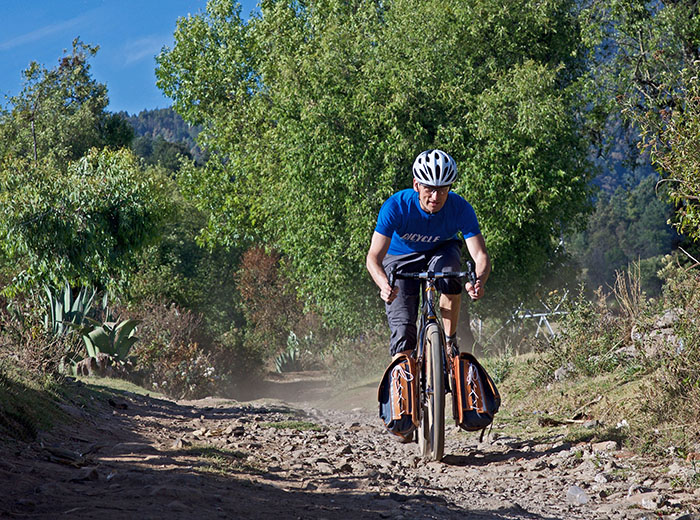
At Compass Cycles, we love riding on gravel roads, so it may come as a surprise that we don’t make “gravel” tires. Compass tires are road tires, perfected for use on paved roads. The rubber compound is optimized for grip on pavement, and the “chevron” tread pattern interlocks further with the road surface. Everything about our tires is optimized for performance, both in a straight line and around corners, in dry and wet conditions.
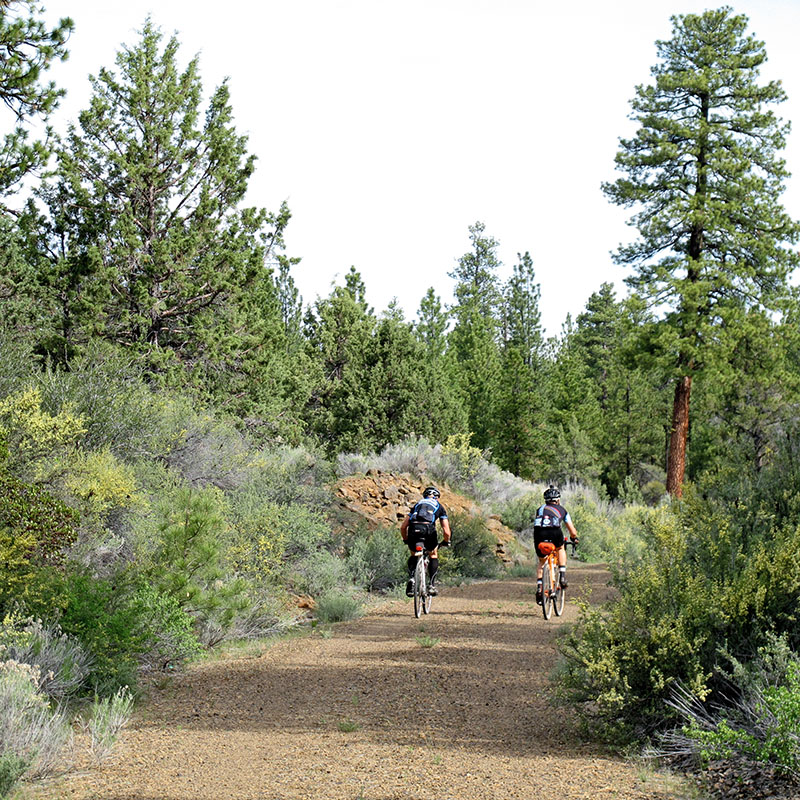
So why do gravel racers love our tires? Because they are supple and ultra-fast. What about the “road” tread? Wouldn’t you want knobbies for riding fast on gravel?
The truth is that on gravel, knobs don’t make much of a difference. Without semi-firm ground to dig into, knobs can’t do much. When you slide, it’s because gravel is sliding on gravel, not because your tires are sliding on the top layer of rocks.
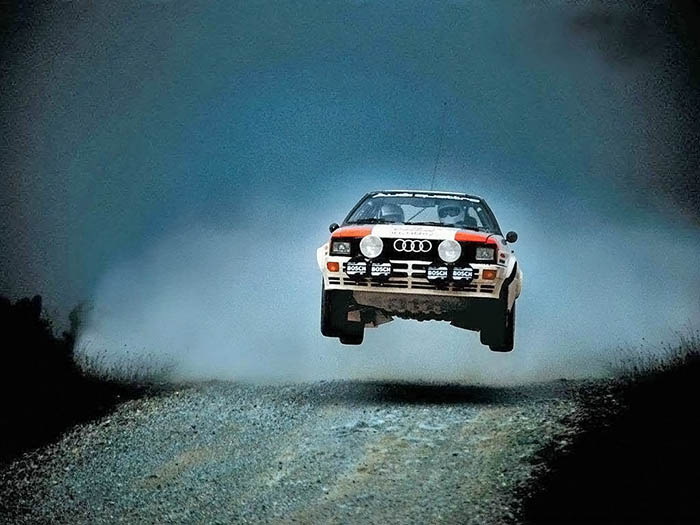
Rally drivers had a similar experience. During the early 1980s, they found that, to their surprise, the slick tires they used on paved roads were faster on gravel than tires with more tread (above). Even though slick tires aren’t allowed on rally cars any longer for a variety of reasons, the lessons remain valid: On gravel, tread patterns make little difference.
What determines the performance of tires on gravel are the same qualities that make them fast and comfortable on pavement:
- Supple casing: On pavement, this gives you speed and comfort. On gravel, the same still holds true, but it also gives you traction, because the tire conforms to the surface, and thus has more grip. (One advantage of rally cars’ slick tires was that they were super-soft.)
- Large width: On smooth roads, more air just means more comfort. On rough roads and gravel, it also means more speed, because your bike doesn’t bounce (which loses energy through suspension losses).
The same features that make our tires perform so well on pavement also make them great on gravel. That is why we call them “Allroad” tires.
If knobbies don’t help much on gravel, why does Compass now offer a knobby tire?

The answer is simple: mud and dirt (and snow). When knobs dig into the surface, you get more traction, because a knobby tire needs to displace much more material to spin. As soon as your tire leaves an imprint on the ground, knobs really help to interlock with the surface and get you more traction when it’s slippery.
We designed our Steilacoom knobbies to offer good performance on pavement, too. In fact, first tests show that they are faster than any knobby we’ve tested.
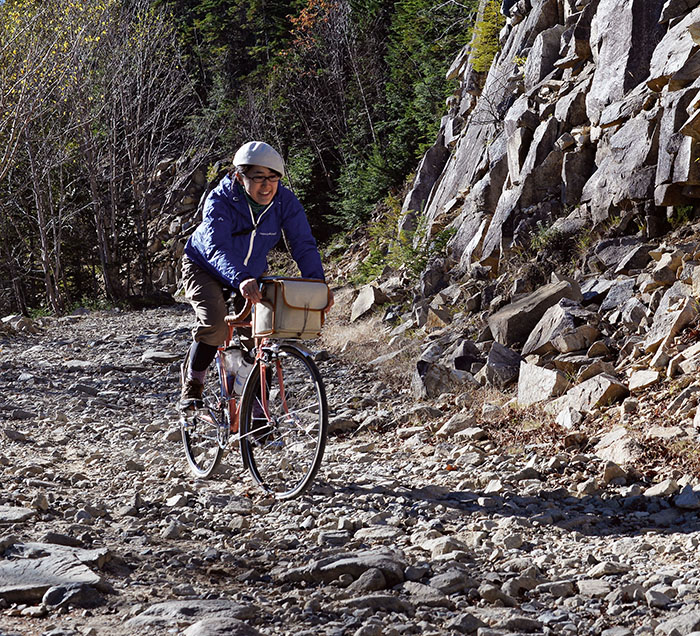
What about flats? Shouldn’t a gravel tire be reinforced to fend off flats?
It depends. Punctures are less likely on gravel, because the tire pushes sharp objects into the (relatively soft) ground. On pavement, the hard road surface forces the object into the tire. That is why punctures from glass or nails are rare on gravel.
Sidewall cuts from sharp-edged rocks can be a problem for some riders, and many “gravel” tires have reinforced sidewalls. But that also makes them slower, less comfortable, and reduces their traction. Cyclocross racers have ridden on high-end tubulars with very supple (and unprotected) sidewalls for decades. And many gravel racers use Compass tires without suffering from cuts. It really depends on your riding style – experienced cyclists usually ride “light” and let the bike move under them. They usually suffer from few problems. Tire pressure also plays a role. If the pressure is too high, it’s easier to damage the sidewall. A softer sidewall deflects as it hits a sharp rock rather than getting cut.
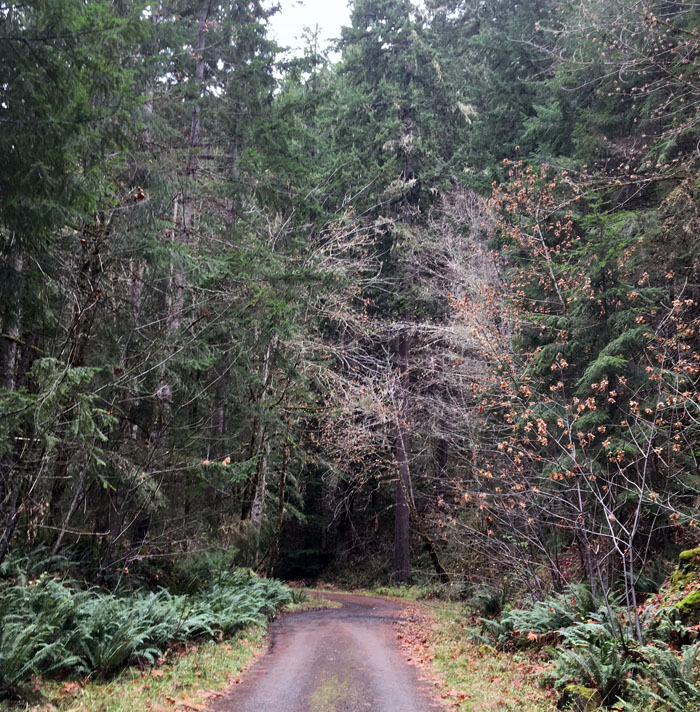
Just before winter snow closed my favorite roads last November, I was heading into the Cascades to explore gravel roads on a 700C test bike for Bicycle Quarterly. As I set up the bike for this challenging ride, I had to choose betweeen knobbies and road tires. My decision was this: I could 44 mm-wide Snoqualmie Pass tires on this bike, but our knobbies only come in a 38 mm for now. So I chose the extra width for the rough gravel over knobs that would have helped a bit when I encountered snow.
But now I am plotting a truly muddy ride, so I can take our new Steilacoom knobbies for an adventure, rather than using them only for cyclocross…
Addition (2/21/2017): Several rally experts have questioned whether early-1980s rally cars used slick tires on gravel. At the time, it was reported in the German magazine Auto, Motor & Sport, but the use of slick tires on gravel may just have been isolated to a few rallies. Shortly after that report, the rules of rallying changed, and slick tires no longer were permitted, either on gravel or pavement.


